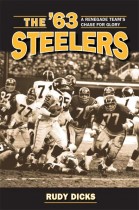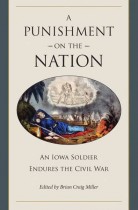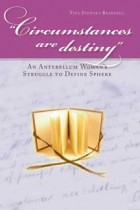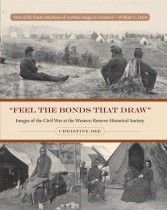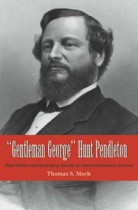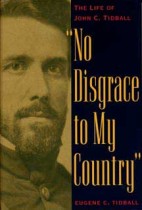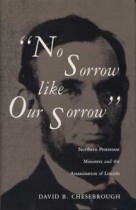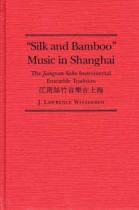
“Of all the world’s major musical cultures, that of China may well be the least thoroughly understood and most often misunderstood by Western scholars and music lovers,” writes J. Lawrence Witzleben. Witzleben adds to the understanding of this musical culture with the first book-length study of one of China’s most influential regional musical traditions. The first Western ethnomusicologist admitted to a Chinese conservatory, Witzleben presents a multifaceted study, based on more than two years of fieldwork in the early 1900s, of “silk and bamboo” string and wind music (Jiangnan sizhu) in Shanghai. Although Jiangnan sizhu is a regional tradition, enjoyed by only a small part of the population, an indepth look at it reveals much about Chinese musical culture. Through his varied experiences as student, performer, and participant-observer, Witzleben is able to present and discuss the perspectives of musicians in Shanghai and of Chinese scholars and teachers, as well as those of a Western-trained ethnomusicologist. The result is a comprehensive understanding of Jiangnan sizhu its musical sounds and concepts; the people who play, teach, and learn the music; and the environment in which it is and has been played, heard, and discussed.
